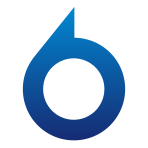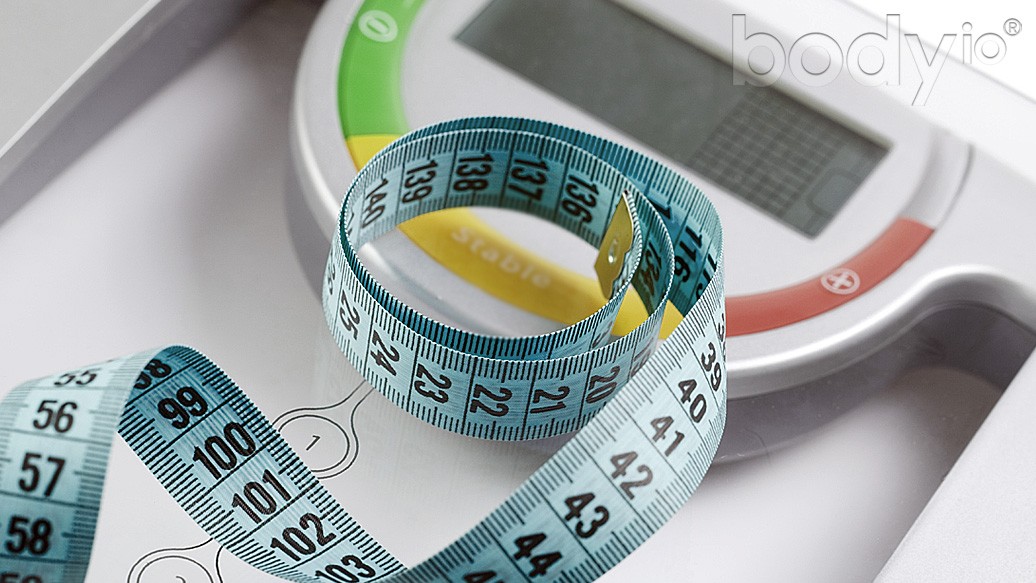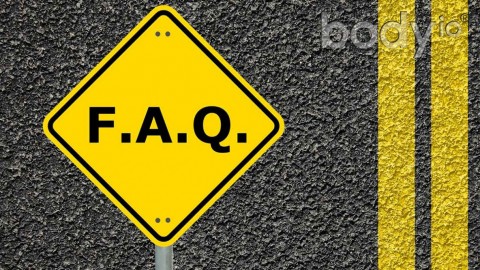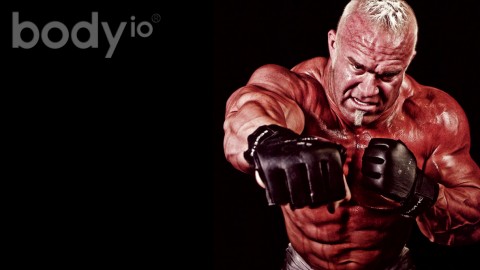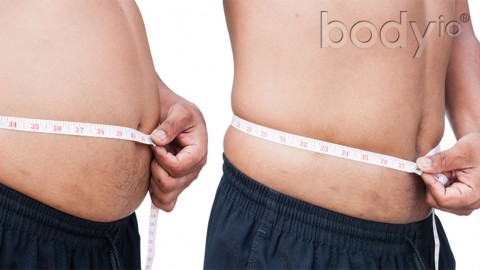xperiencing my own body composition changes over the years, having limited access to technology at certain times, and working with clients online have provided me with great insight about what works for most people and what to expect when tracking progress using the various methods discussed in this article series.
Quick Recap
Photos, girth measurements, asking yourself how you look and feel and how your clothes fit are what I consider to be the essential minimum of progress tracking, regardless of what other methods you choose to incorporate. This is the backbone of your tracking and, most importantly, it’s the only part that encompasses what I consider to be most significant – how you actually feel. Progress or not, if you feel like crap, something needs to change.
How Often & When
I recommend taking progress reports on a monthly basis. Mark them in your calendar! I like to take mine in the morning, before I eat. Whatever time of day you choose, just be consistent. Your weight will fluctuate throughout the day, and you are typically the lightest first thing in the morning. Just like exercising more, tracking more often is not necessarily better. You’re not going to see significant changes by comparing things more often, and doing so might actually lead to frustration. If you’re going for something like a DEXA scan or a Bod Pod reading, do what makes sense for you. Don’t go broke or chase your tail over having high-tech tests. Weigh your options…no pun intended.
Considerations for Women
Don’t take progress data when you are ovulating, experiencing PMS, or menstruating. Hormonal fluctuations and water retention are going to skew your numbers and possibly hide visible progress in photographs. Your emotions at certain times of the month could also negatively impact your attitude when you look at your progress data. Don’t put yourself in that situation.
I suggest taking your progress data approximately 2-3 days after your period has subsided. Ladies, I can’t stress enough how important it is to know your own personal patterns: what time of the month you hold water and where (typically in your hips and thighs). This brings me to my next point, which is how we can actually use the scale, learn more about the scale and ourselves, and hopefully end the emotional relationship with it.
The Scale – Use it or Lose it
Never use the scale on its own for progress tracking. That is the biggest mistake I think anyone can make. Should you incorporate the scale at all? As discussed in Part 2, the scale can be a good indicator of progress for those who have a lot of fat to lose (combined with other methods). As you get leaner, and especially as you get really lean, you will notice that the scale becomes less reliable. You’re just going to have to accept that fact.
What I want to discuss is what we can actually learn from the scale. Women can learn what times of the month they hold extra water weight. Having this awareness will help you react in a healthier way towards the scale and how you feel during those times. You will learn your pattern and see that the water weight drops in a few days. Witnessing and understanding that this is normal and not representative of fat gain can be liberating and prevent knee-jerk panic reactions to normal hormonal fluctuations.
For men and women who are cycling carbohydrate intake (using Carb Backloading™ or Carb Nite®), you will see that your weight typically increases when glycogen stores are full – note that. Observing how you look (in the mirror/photos) is a good method of comparison at this time. Maybe you actually look better when you are a few pounds heavier and glycogen stores are full…imagine that! Maybe you always retain water after Carb Nite and lose any definition you had prior to it – perhaps an indicator that you need to moderate your next Carb Nite. Maybe you experience big whooshes after Carb Nite; that’s interesting data too. Sometimes, weighing yourself in the morning and then again before bed and acknowledging the difference in weight is a good way to help understand how your weight fluctuates every day. In any of these instances, observing the number on the scale when comparing other data simultaneously is going to help you learn about your body and react more rationally to these ongoing normal fluctuations. This understanding and experience are invaluable if you wish to overcome your emotional reaction to the scale.
If you choose to not use the scale, then I suggest getting rid of it entirely. Get it out of your house, and don’t use it at the gym or a friend’s place. When you go for a physical, just tell the doctor to keep the number to himself. The scale is out of your life. End of story.
Summary
Tracking and combining various tracking methods is essential. Don’t embrace a new lifestyle, diet and exercise regimen without any data to assess your progress. Whether you are looking to lose fat or gain muscle, you should be seeing progress in the direction of your goal every month. Stalls are not uncommon, but if they persist, that’s a good indicator that your diet/training regimen might need some tweaking.
Progress is never linear and it’s rarely seen in all tracking methods simultaneously. Progress is weird like that, which is exactly why you need to track with various methods at once. Sometimes you will see progress in your pictures, but it’s not reflected on the scale. Your girth measurements might go down, but you can’t quite see that in your pictures. I find this to be common with people who don’t have a trained eye for comparing progress pictures. I also find that people tend to hone in on their “problem areas” and completely miss obvious improvements in other areas. Any progress is still progress. Don’t dwell on what you have not achieved; celebrate how far you have come.
One of the most common reactions I see to progress tracking is frustration with not making more progress faster. People tend to be impatient. They want drastic results overnight, but it just doesn’t work that way.
I want to leave you with a really important short-term goal; regardless of whether you make progress or not, don’t overreact. Simply acknowledge the reality and stay focused. Learning to do this might be the most important step towards healthy progress that you will ever make.
